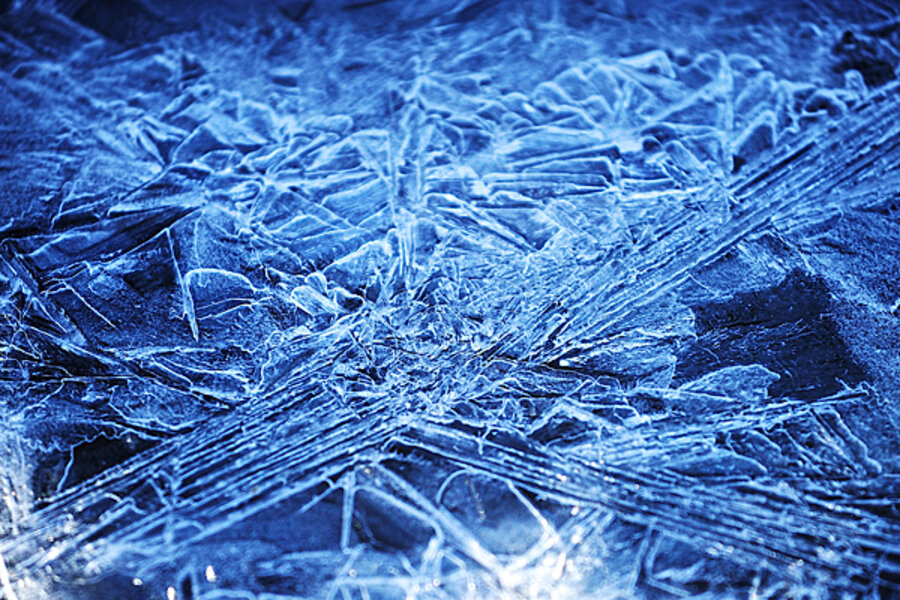Polar vortex: How will it affect your utility bill?
Loading...
What happens when much of the nation simultaneously reaches for the thermostat and turns up the heat? Energy prices rise.
With Americans shivering through a "polar vortex," utilities and grid operators are scrambling to meet demand amid record low temperatures. A stressed power grid and constrained natural gas pipelines are already pushing up the price of electricity and natural gas on wholesale markets.
The good news is that consumers are relatively insulated from the polar vortex's temporary price shocks (besides the obvious cost increase of turning the heat up for a prolonged period). The bad news is that if this is the first polar vortex of many to come, that prolonged grid strain and need for new infrastructure will almost certainly make its way into the bottom line of your monthly utility bill.
"Most retail customers are set up through regulated natural gas rates for this reason – so that short-term spikes in the spot price don’t automatically flow through," says M. Tyson Brown, statistician at the US Energy Information Administration (EIA). "To the extent that this is a long-term trend – that really affects the price people pay."
A combination of near-record-low temperatures, inadequate pipeline infrastructure, and heavy demand have hit New England particularly hard. All natural-gas pipelines from the west and south into the region experienced constrained flows Tuesday and Wednesday, according to an EIA alert.
That sent the price of natural gas shooting up Monday, more than doubling in New England and more than tripling in New York. That comes just after a year of already rising natural gas prices – jumping 57 percent between 2012 and 2013, according to the EIA, on cold weather and bottlenecks in natural gas pipelines.
Natural gas fuels much of New England's power plants so expensive natural gas inflates the cost of power. So does the fact that more people are staying in, blasting the heat, and streaming Netflix on their 85-inch 8K glasses-free 3D TV. Day-ahead electricity prices were well above $200 per megawatt-hour for New England and New York on Monday. PJM Interconnection, the electricity grid operator for more than 61 million people in 13 states and Washington, set a new winter peak of 138,600 megawatts.
The strain isn't limited to New England. Utilities from Chicago to Austin are urging consumers to conserve electricity using tried and true methods:
- Turn off nonessential electronic devices (Go ahead and unplug them too, since some may still draw current even when off)
- Avoid using major appliances (washers, dryers, and electric ovens) during times of peak demand (typically 6-9 a.m. and 4-8 p.m.)
- Without jeopardizing safety, keep the thermostat lower than usual and layer on clothes and blankets to make up the difference
Some utilities are using innovative new methods to handle spiking power use. So-called demand response programs allow utilities to reimburse large energy consumers for dialing back their consumption when demand threatens to outstrip supply. A large industrial plant might idle nonessential machinery, or a chain of grocery stores might dim the lights 10 percent, shaving precious watts off of rising demand.
PJM, for example, uses a Boston-based company called EnerNOC to communicate with energy-intensive customers to avoid the rolling blackouts that can arise during heat waves or other peak demand.
"This week's frigid conditions and resulting dispatch activity underscore demand response's importance and flexibility as a reliable resource for grid operators and utilities to rely on to maintain security of supply," Tim Healy, EnerNOC's Chairman and chief executive of EnerNOC, said in a statement. "Demand response is more well-known for providing capacity during heat waves - but events like these highlight its ability to also deliver during cold snaps and for economic purposes."






